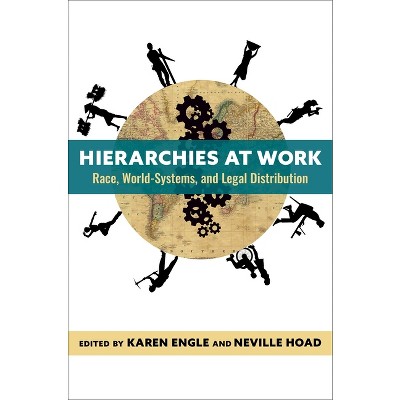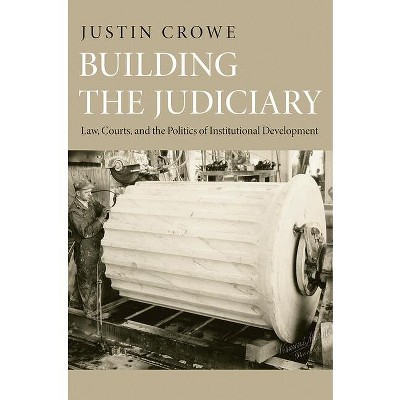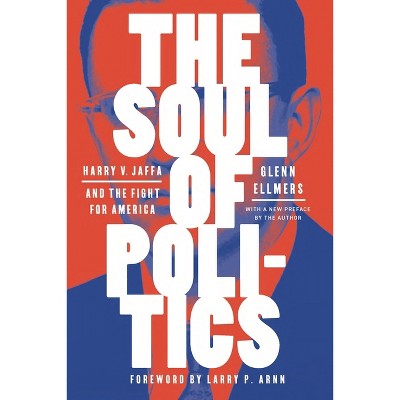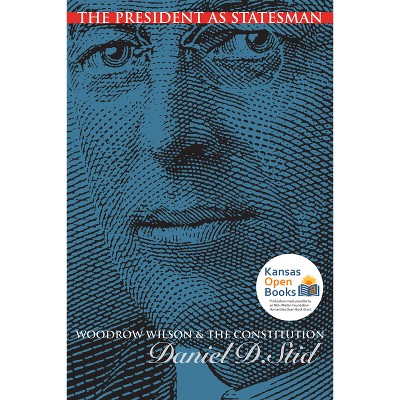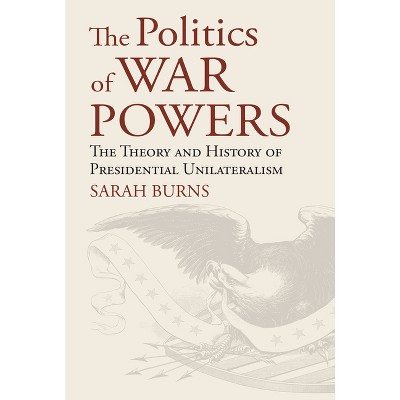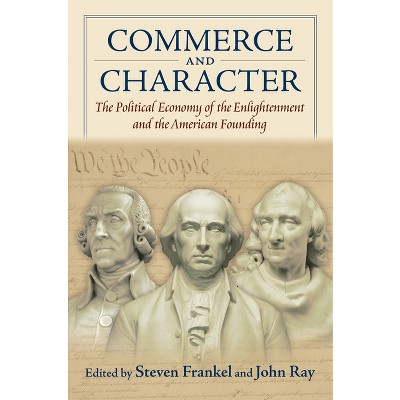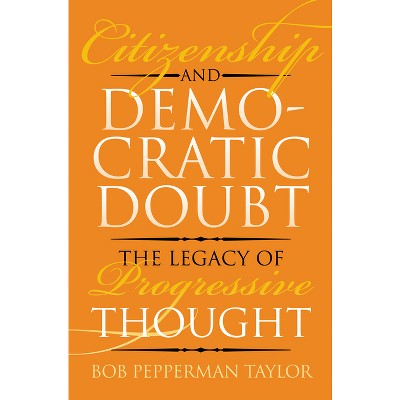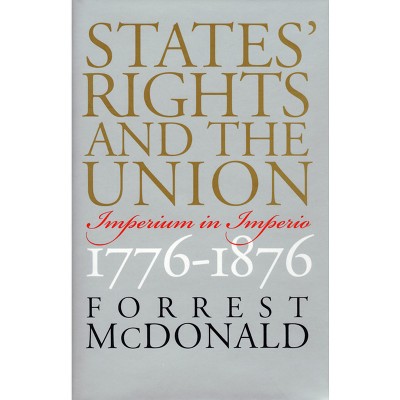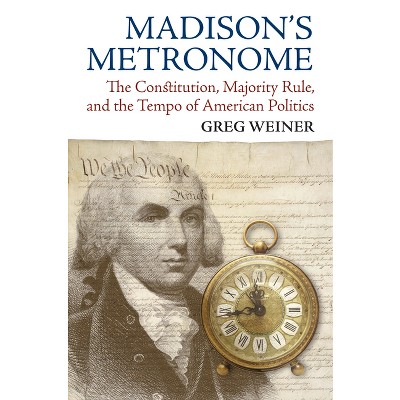Sponsored

The Contested Removal Power, 1789-2010 - (American Political Thought) by J David Alvis & Jeremy D Bailey & F Flagg Taylor IV (Hardcover)
In Stock
Sponsored
About this item
Highlights
- The U.S. Constitution is clear on the appointment of executive officials: the president nominates, the Senate approves.
- About the Author: J. David Alvis is an assistant professor of government at Wofford College.
- 264 Pages
- Political Science, American Government
- Series Name: American Political Thought
Description
About the Book
Does the President or Congress have the power to remove executive officials? This book is an in-depth examination of this question--unspecified in the Constitution and an ongoing source of political controversy and legal debate since the country's founding.Book Synopsis
The U.S. Constitution is clear on the appointment of executive officials: the president nominates, the Senate approves. But on the question of removing those officials, the Constitution is silent--although that silence has not discouraged strenuous efforts to challenge, censure, and even impeach presidents from Andrew Jackson to Bill Clinton. As J. David Alvis, Jeremy D. Bailey, and Flagg Taylor show, the removal power has always been and continues to be a thorny issue, especially as presidential power has expanded dramatically during the past century. Linking this provocative issue to American political and constitutional development, the authors recount removal power debate from the Founding to the present day. Understanding the historical context of outbreaks in the debate, they contend, is essential to sorting out the theoretical claims from partisan maneuvering and sectional interests, enabling readers to better understand the actual constitutional questions involved. After a detailed review of the Decision of 1789, the book examines the initial assertions of executive power theory, particularly by Thomas Jefferson and Andrew Jackson, then the rise of the argument for congressional delegation, beginning with the Whigs and ending with the impeachment of Andrew Johnson. The authors chronicle the return of executive power theory in the efforts of Presidents Grant, Hayes, Garfield, and Cleveland, who all battled with Congress over removals, then describe the emergence of new institutional arrangements with the creation of independent regulatory commissions. They conclude by tracking the rise of the unitarians and the challenges that this school has posed to the modern administrative state. Although many scholars consider the matter to have been settled in 1789, the authors argue that a Supreme Court case as recent as 2010--Free Enterprise Fund v. Public Company Accounting Oversight Board--shows the extent to which questions surrounding removal power remain unresolved and demand more attention. Their work offers a more nuanced and balanced account of the debate, teasing out the logic of the different institutional perspectives on this important constitutional question as no previous book has.Review Quotes
"The Contested Removal Power tells a great story of epic struggles between the branches and among members of the Supreme Court, but it is no mere narrative. It reveals how the removal contests embody and elucidate core questions of American constitutionalism and American political development."--Tulsa Law Review
"The Contested Removal Power deserves high praise. Alvis, Bailey, and Taylor successfully marry constitutional analysis and historical institutionalism, a model worthy of emulation. . . . a study that will prove useful, if not indispensable, to historians, lawyers, and political scientists alike."--Political Science Quarterly
"Alvis, Bailey, and Taylor have written the seminal study of the removal power in American constitutional development."--Law and History Review
"A valuable addition to the study of the presidency and Congress and should be considered the definitive treatment on removals."--Congress and the Presidency
"Essential reading for political scientists, historians, lawyers, and any student of the American presidency, the Constitution, American history, or American political thought."--Choice
"This book is important not merely for what it says about the ability of presidents to fire bureaucrats, a topic worthy of study in its own right, but for its probing account of broader theories of constitutionalism and executive power that undergird and fortify claims about removal powers. . . . Deserves a privileged place in the conversation about the proper scope of presidential power."--William Howell, author of Power without Persuasion: The Politics of Direct Presidential Action
"A highly original contribution to presidential studies and American constitutional studies more generally. It will prove to be an invaluable resource for political scientists, law professors, and historians who seek to understand the relationship of executive power to American constitutionalism."--Joseph M. Bessette, coeditor of The Constitutional Presidency
"The first great fight about presidential power occurred not over war and peace, but over the right to fire federal officers. This volume reveals the centrality of the evolving arguments over the removal power to the revolutionary presidencies of Jefferson and Jackson, and FDR and Reagan. A must read for any student of the American Presidency."--John Yoo, author of Crisis and Command: A History of Executive Power from George Washington to George W. Bush
About the Author
J. David Alvis is an assistant professor of government at Wofford College. Jeremy D. Bailey is an associate professor of political science at the University of Houston and author of Thomas Jefferson and Executive Power. F. Flagg Taylor IV is an associate professor of government at Skidmore College and editor of The Great Lie: Classic and Recent Appraisals of Ideology and Totalitarianism.Shipping details
Return details
Trending Non-Fiction





